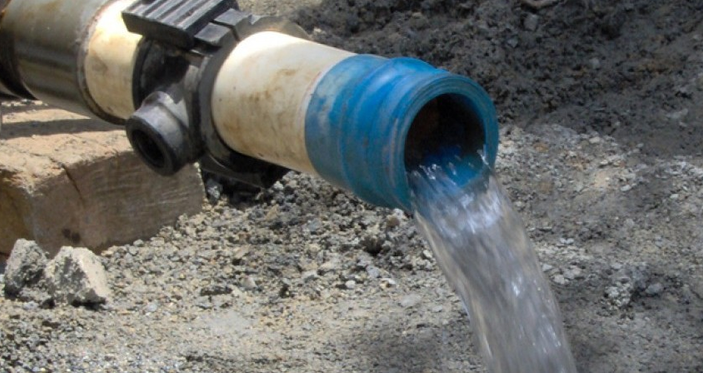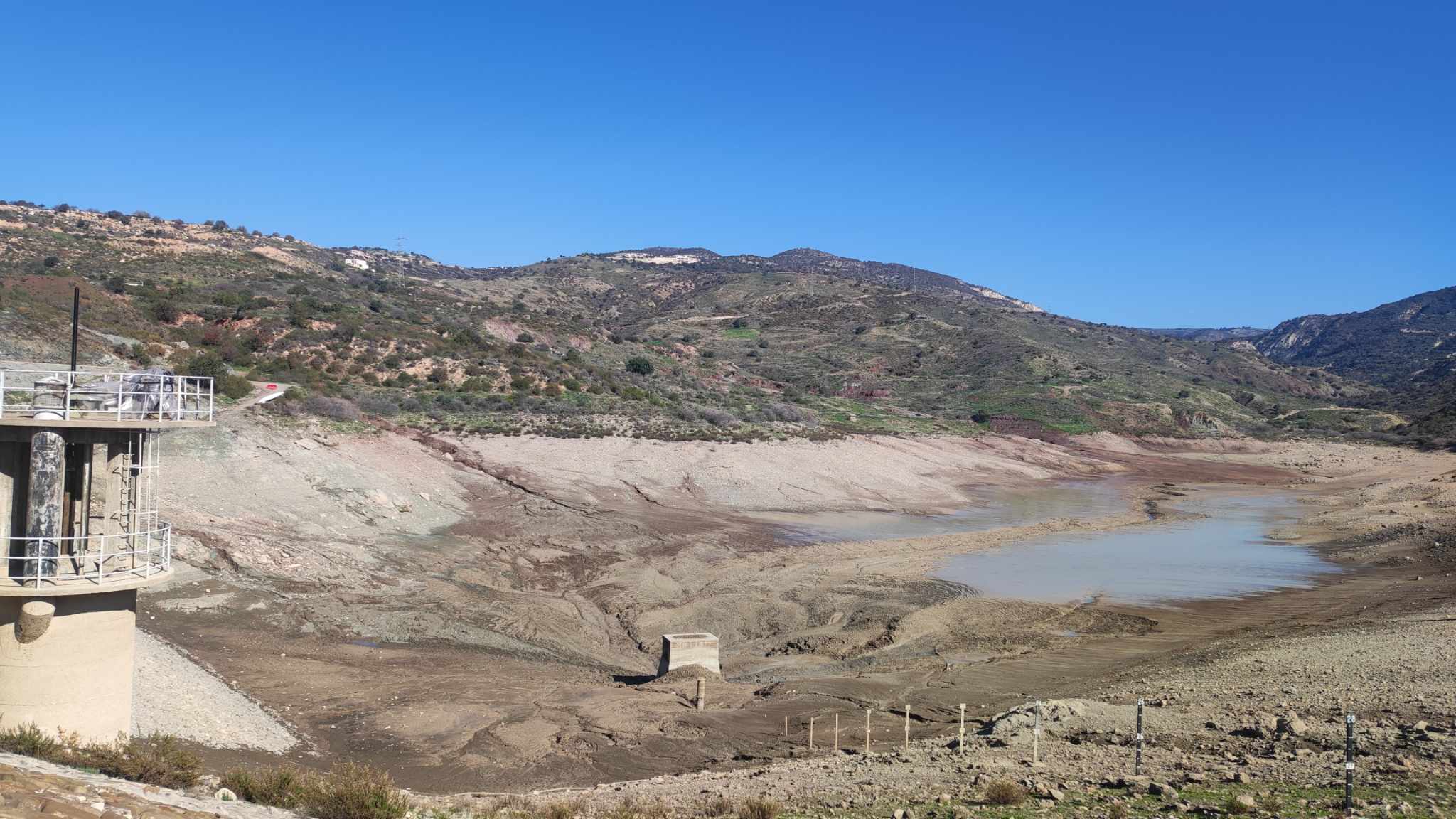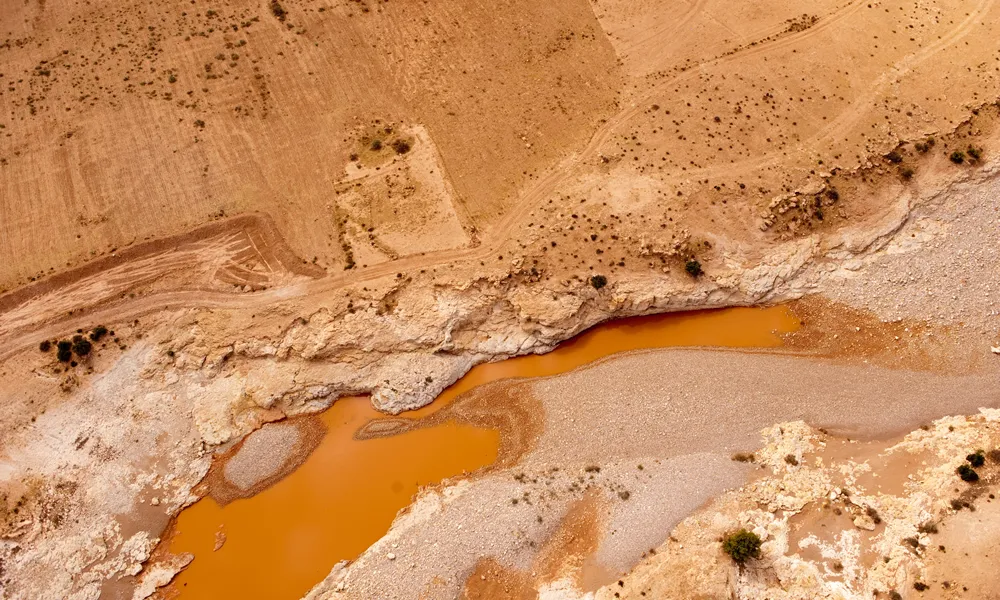Cyprus’ water situation remains “tragic” despite repeated announcements, according to the latest review by the Audit Office. The new report, a follow-up to its 2016 audit, assesses progress on essential measures to manage the island’s water resources. Its conclusion is stark: serious weaknesses and delays continue to threaten sustainable, rational management.
An audit nine years on
The Audit Office examined the performance of desalination, the loss of vast volumes of water, and the safety of dams. It also found that 64% of groundwater bodies remain in poor status, chiefly because of inadequate progress on measures to address nitrate pollution and salinisation. Oversight of water-resource management remains insufficient, the report notes, and the pace of corrective action has not matched the scale of the risks.
Projects adrift and weak cost control
The Water Development Department (WDD) drew up a 15-year Water Development Plan running to 2030, listing construction projects with an estimated total cost of about €1.5 billion, €1 billion from the state budget and the remainder from local authorities. The plan, however, functions as an internal WDD tool and was not submitted to the Council of Ministers for approval. By the time of the audit, state spending had reached €767 million, or 77% of the planned state contribution, yet only 14 of the 60 scheduled projects had been completed. Those completed schemes accounted for €180.6 million, while the remaining €586.4 million had been spent on projects still under way. Crucially, the WDD does not systematically compare budgeted and actual costs per project, obscuring overruns and making it impossible to judge whether additional funding will be needed to complete the programme.

Desalination: security at a price
Desalination has strengthened drinking-water security and reduced reliance on weather patterns, but the audit underlines its environmental and financial costs. The process increases greenhouse-gas emissions and burdens the marine environment through brine discharge. It is also expensive, pushing consumer bills higher. The Audit Office urges the authorities to optimise the use of desalination capacity on a clear cost-benefit basis rather than as an ad hoc fallback.
Systemic shortcomings persist in dam safety. Many dams are old, lack comprehensive maintenance plans and have not secured final safety certificates. No independent inspections have been carried out for any dam, the report says. Water-quality oversight is likewise uneven: many local authorities do not monitor systematically, and protection zones have been designated for only 26% of boreholes. These gaps expose both infrastructure and consumers to avoidable risk.
Losses, non-revenue water and the cost of leakage
Non-revenue water at local authorities exceeded 29% in 2023, largely due to ageing networks. Nationwide, annual losses are estimated at more than 200 million cubic metres. The Audit Office warns that such losses not only erode the revenues of local water authorities but also undermine efforts to tackle chronic water scarcity. It calls for more frequent preventive maintenance of networks older than 20 years, targeted replacements where needed, and rigorous fault registries to track problems and speed corrective action.

The WDD’s reply: strategy, staffing and priorities
In its response, the WDD says the report highlights long-standing challenges for Cyprus, including water scarcity, climate change, infrastructure modernisation and groundwater protection. The department says it is implementing a holistic strategic plan endorsed by four Council of Ministers decisions, laying foundations for improved water-resource management through a coherent set of short-, medium- and long-term actions. The strategy prioritises boosting supplies from non-conventional sources, cutting losses across networks and ending the opportunistic use of desalination. The WDD notes that 38% of the Agriculture Ministry’s total budget is devoted to the water sector, underlining its strategic weight. It concedes that weaknesses have accumulated over the past decade, affecting on-time delivery, and points to chronic understaffing that reached 38%. A phased intake of new scientific and technical staff is under way, the department says, and early results suggest water management is moving onto a more stable trajectory aimed at a durable, sustainable resolution of a problem that affects everyone.
